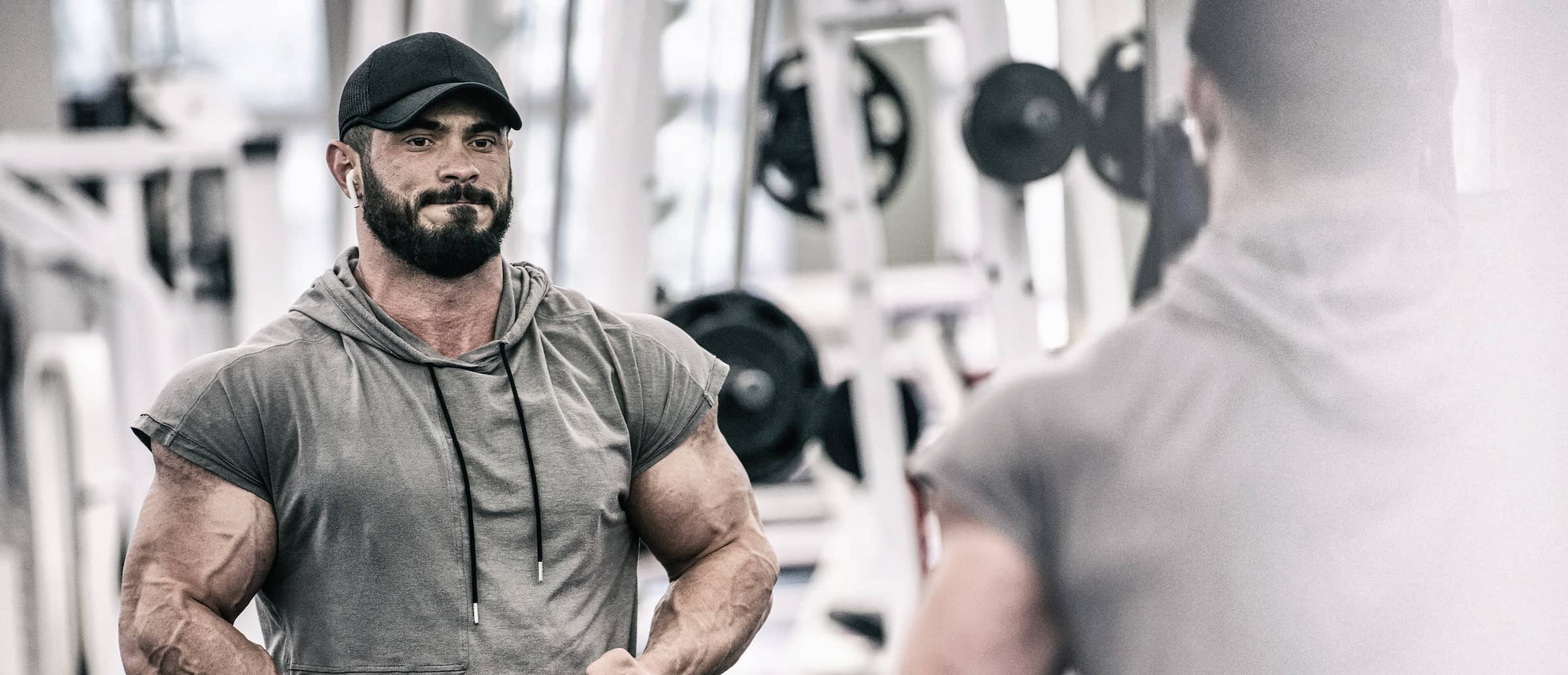Maintaining muscle is one of the most important aspects of long-term health and longevity, but gaining and maintaining muscle mass is no simple task.
I caught up with Innermost Fitness Expert, Aaron Breckell, and in-house Nutritional Therapist, Eleanor Thrupp, to understand more about muscle – and how to build it!
Firstly, why do we need muscle?
Muscles play a vital role in our overall health and are often described as the ‘engine’ of your body’s fat and calorie-burning mechanism.
Increased muscle mass can lead to less body fat, a stronger immune system, improved energy levels and reduced stress as well as helping with physical strength, skin integrity and wound healing, all of which are vital as we get older. – Aaron Breckell, PT and Fitness Expert at Innermost.
- Lift to failure – Perhaps the single most important thing to understand about building muscle is that muscle needs to be broken down in order to build back larger, so long as you consume enough calories and protein to repair and grow the muscle tissue. Therefore, regardless of your training routine, it’s imperative that you push your muscles to the point of exhaustion. It doesn’t matter whether you do five reps or 20 reps, but it should mean that the last repetition you attempt cannot be completed. Here is one method to determine how much weight you should lift:
- Figure out the heaviest amount of weight you can lift one time (this is your “1-Rep Max”) Then, use a weight that’s at least 80 percent of your 1-Rep Max and aim for 8 to 12 repetitions on each set
- Aim for 2 sessions per week – Large studies show that doing two resistance-training sessions a week over a period of ten weeks – with each workout consisting of just ten sets of exercises done to failure – can improve blood pressure, lower body fat and increase muscle size and strength. When it comes to muscle-strengthening exercises, focus on things like dumbbells, resistance bands, resistance machines, and bodyweight exercises such as push-ups, squats, and lunges. Your weekly workouts should engage all of the major muscles otherwise you will plateau very quickly.
- Exercise in ways you enjoy to make it sustainable – The key to exercising consistently? Do the things you enjoy. There are so many activities from swimming to yoga that can keep you fit but shouldn’t necessarily consider them part of your resistance training routine as there is very little evidence that they produce an improvement in strength. When it comes to muscle-strengthening exercise, focus on things like dumbbells, resistance bands, resistance machines, and bodyweight exercises such as push-ups, squats and lunges, but mix it up with other activities you love to keep yourself engaged and motivated.
Eleanor Thrupp, Nutritional Therapist at Innermost on how to gain muscle mass through nutrition?
- Eat more protein than other food groups – To increase muscle mass, your body needs protein to help with the repair and recovery process. Protein can also help with weight loss by helping to increase your metabolism and helps keep you fuller for longer. The easiest and best way to do this is to reduce simple carbs to the lowest level you can and increase protein and complex carbs while staying within a healthy calorie allowance. High protein foods include chicken, turkey (lean meat), salmon, oats, Greek yoghurt, broccoli, eggs, soybeans, tofu, brown rice, cottage cheese and lentils. Elsewhere, montmorency cherries contain antioxidants to boost the immune system and can help reduce inflammation and soreness to speed up recovery.
- Consider a protein powder supplement – Alongside high protein foods, protein shakes are a quick and easy way to increase protein content in your diet. In fact, research suggests that protein supplements significantly improve muscle size and strength in healthy adults who perform resistance exercise training, such as lifting weights. A protein powder, such as The Strong Protein, also contains added functional ingredients such as creatinem, which supports power and performance during high intensity exercise.
- Make sure you’re eating enough – Your muscles need calories. Not eating enough of the right type of calories and protein can lead to muscle loss, tiredness and fatigue. There are plenty of platforms out there now to help you work out your daily calorie and macronutrient requirements which will help to give an idea of the fuel you need on board.
The Strong Protein, £29.95 www.liveinnermost.com
This protein blend was developed for people who are prioritising muscle and strength gains. Important to note that protein won’t automatically give you muscles, so we added ingredients to this protein blend to help you push yourself harder, reduce inflammation and speed up recovery to help you get stronger, quicker. Formulated to maximise muscle growth, strength and power output.
Key Benefits: Supports muscle growth and repair, Increases muscle mass and strength, High in protein, low in calories, Great tasting (available in Smooth Chocolate and Creamy Vanilla)
For every serving of The Strong Protein: Whey Protein (31g), Casein, Creatine Monohydrate (3g), Montmorency Cherries (300mg), Bilberries (250mg), Magnesium (200mg).
Innermost offer a range of science-backed nutritional supplements packed with ingredients sourced from nature that serve as solutions to a wide range of health needs across body and mind. Learn more at www.liveinnermost.com.
